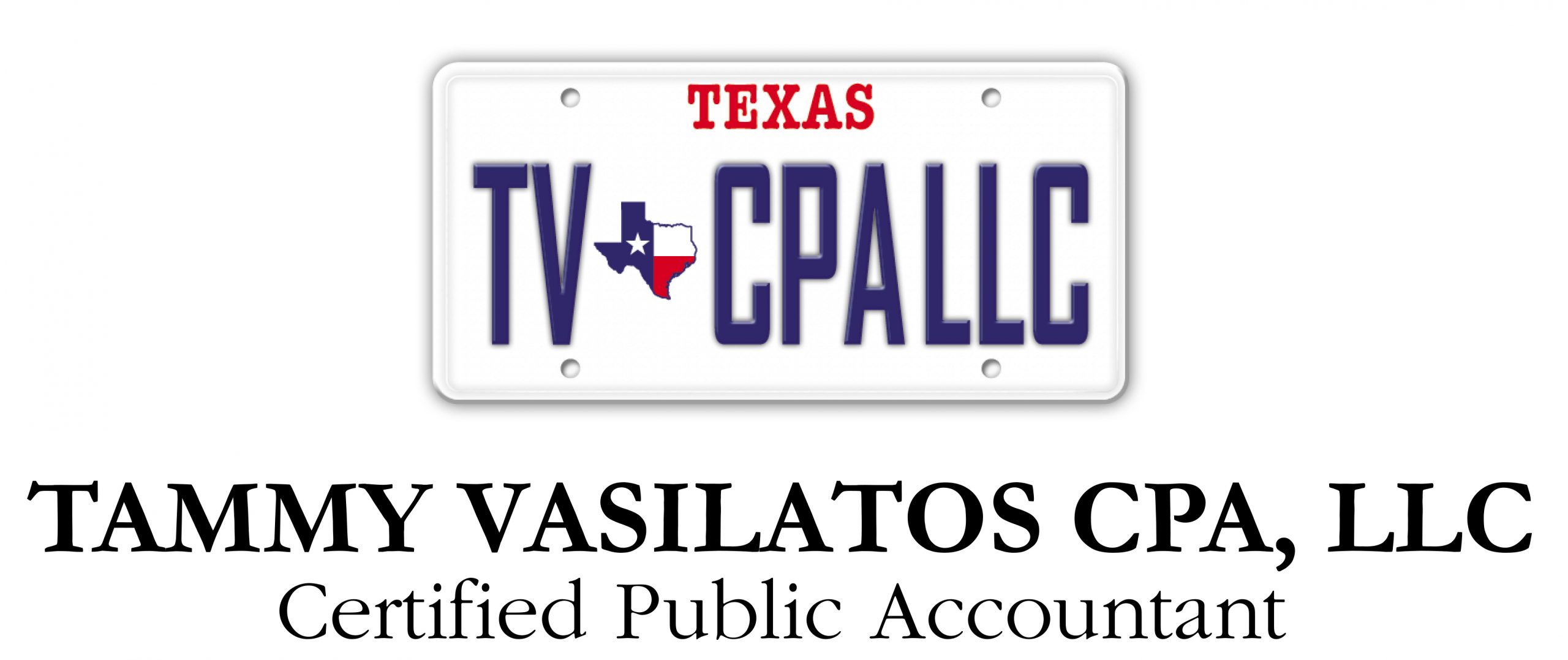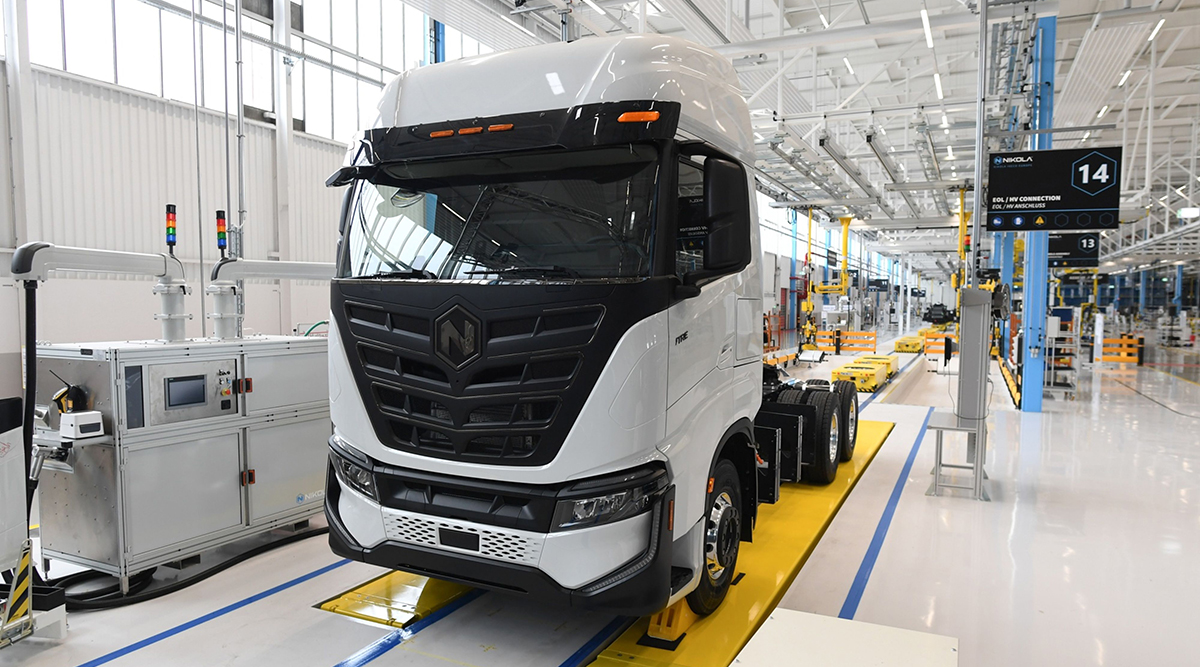Businesses and tax-exempt organizations that buy a qualified commercial clean vehicle may qualify for a clean vehicle tax credit of up to $40,000 under Internal Revenue Code (IRC) 45W. The credit equals the lesser of:
- 15% of your basis in the vehicle (30% if the vehicle is not powered by gas or diesel)
- The incremental cost of the vehicle
The maximum credit is $7,500 for qualified vehicles with gross vehicle weight ratings (GVWRs) of under 14,000 pounds and $40,000 for all other vehicles.
Who Qualifies
Businesses and tax-exempt organizations qualify for the credit.
There is no limit on the number of credits your business can claim. For businesses, the credits are nonrefundable, so you can’t get back more on the credit than you owe in taxes. A 45W credit can be carried over as a general business credit.
Vehicles That Qualify
To qualify, a vehicle must be subject to a depreciation allowance, with an exception for vehicles placed in service by a tax-exempt organization and not subject to a lease.
The vehicle must also:
- Be made by a qualified manufacturer as defined in IRC 30D(d)(1)(C)
- Be for use in your business, not for resale
- Be for use primarily in the United States
- Not have been allowed a credit under sections 30D or 45W
In addition, the vehicle must either be:
- Treated as a motor vehicle for purposes of title II of the Clean Air Act and manufactured primarily for use on public roads (not including a vehicle operated exclusively on a rail or rails); or
- Mobile machinery as defined in IRC 4053(8) (including vehicles that are not designed to perform a function of transporting a load over a public highway)
The vehicle or machinery must also either be:
- A plug-in electric vehicle that draws significant propulsion from an electric motor with a battery capacity of at least:
- 7 kilowatt hours if the gross vehicle weight rating (GVWR) is under 14,000 pounds
- 15 kilowatt hours if the GVWR is 14,000 pounds or more; or
- A fuel cell motor vehicle that satisfies the requirements of IRC 30B(b)(3)(A) and (B).
How to Claim the Credit
We’re finalizing a form for you to claim the credit. Please check back for updates.
You will need to provide your vehicle’s VIN along with the amount of the credit.
The depreciable basis of the vehicle is reduced by the amount of the commercial clean vehicle credit you receive.


